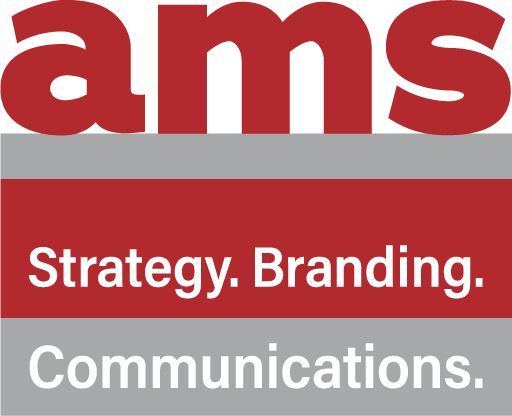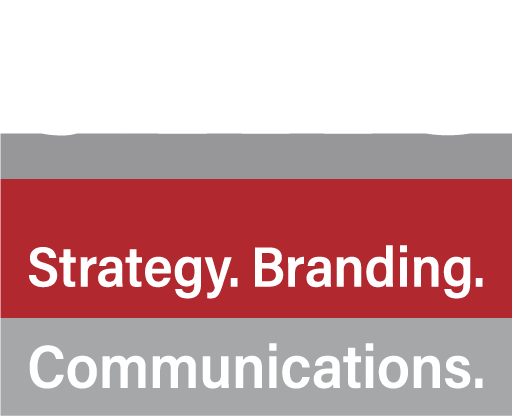The 10 Most Common B2B Marketing KPIs and How to Use Them
Contributor Alexandra Rynne
The one question any B2B marketer should be able to answer at any time is: “How is the campaign doing?” And with the ever-increasing wealth of analytics data available to us, we can keep track of a few key performance indicators (KPIs) that will tell that story in real-time.
The beauty of B2B marketing KPIs, when you’re using the right ones, is that they provide a simple, focused way to gauge and course-correct campaign performance. But tracking the wrong KPIs can keep you from fixing problems and building upon successes in your campaign.
Let’s take a look below at how to get things right from the start or check out our new guide, “10 Most Common B2B Marketing KPIs and How to Use Them.”
How to set B2B campaign goals and KPIs
Before you can set KPIs for your B2B marketing campaign, you need to set the goals that these metrics will be indicating progress toward. And to do that, your goals need to be smart—that is to say, SMART.
The SMART method for setting goals says each goal should be:
- Specific: As specific, narrow, and clear as possible.
- Measurable: Tracked by defined criteria that are quantifiable and measurable.
- Achievable: Not every goal will be achieved, but it should be possible to achieve given your resources and timeline.
- Relevant: Align your goal to support your broader objectives.
- Time-bound: A timeline for completion sets out a finish line.
Once you have set a SMART goal, it’s time to set your KPIs. Although this may seem straightforward, there are many factors—and many different types of KPIs—to consider.
The first thing to remember when setting your KPIs is that ROI is not a KPI. Return on investment is an after-the-fact metric, and as such, it won’t help you optimize an active campaign that isn’t meeting its targets. (In fact, making assumptions or drawing conclusions based on measuring ROI too early can be harmful to your ultimate results.)
This list comprises 10 of the most common KPIs and how they can help you measure, communicate, and (most importantly) improve the success of your marketing campaigns.
1. Website Traffic
Website traffic is the total number of visitors to your website. On its own, this KPI does not provide much detailed information. However, it is useful as a baseline to provide context for other traffic metrics, such as organic and paid traffic.
What it tells you: Your campaign is driving people to your website.
2. Organic Traffic
Organic traffic is the total number of visitors who arrived at your website from a search engine. This metric doesn’t include paid ads. It’s one of the most useful KPIs for measuring how well your content marketing and SEO strategies are working. Increasing organic traffic is a valuable goal because these visitors have qualified themselves via search intent and do not require any additional cost to acquire.
What it tells you: Your content is successfully being discovered in searches.
3. Paid Traffic
Paid traffic is the total number of visitors who arrived at your website through paid promotion. These include campaigns like sponsored content, paid search, and display ads. Paid campaigns are targeted based on advertiser-defined demographics, which allows them to be shown to the audience the advertiser considers most valuable—which is to say, most likely to convert.
What it tells you: Your ads are driving traffic to your content and landing pages.
4. Cost Per Click (CPC)
Cost per click (CPC) is the total amount spent divided by the number of clicks a pay-per-click (PPC) campaign had. More simply: it’s how much an advertiser pays for each click. Setting a target or benchmark CPC is useful for determining whether your paid B2B marketing campaigns are making efficient use of your ad spend.
What it tells you: Your campaign is generating clicks at an efficient cost as a result of effective targeting, bidding, and creativity.
5. Click Through Rate (CTR)
Click-through rate (CTR) is the number of total impressions divided by the number of clicks. This metric is used in multiple B2B marketing contexts, including email marketing, paid search, sponsored content, and any other campaign where the total number of impressions can be measured along with the number of click-throughs. CTR is one of the most common KPIs to optimize around on the fly.
What it tells you: Your messaging, creative, or CTA are compelling viewers to take the desired action and click.
6. Conversion Rate
Conversion rate is the number of visitors to a page divided by the number of conversions, with a conversion being whatever action you want them to take on a page. This could be anything from downloading an ebook, filling out a form, or making a purchase.
What it tells you: You’re doing an effective job of guiding users toward the campaign’s intended goals.
7. Cost Per Lead (CPL)
Cost per lead (CPL) is the total amount spent divided by the number of leads generated. As with CPC, this KPI will help you understand the trajectory of your B2B marketing campaign and whether or not the results justify the cost. For some organizations, the target CPL will be significantly lower than the expected revenue generated from a single sale. However, other organizations may factor in customer lifetime value (CLV) when setting this KPI.
What it tells you: Your campaigns are making a positive impact on the pipeline at an efficient cost.
8. MQL to SQL Conversion Rate
The marketing qualified lead (MQL) to sales qualified lead (SQL) conversion rate is the total number of MQLs that become SQLs. Some companies use different but roughly equivalent terminologies, such as lead to opportunity conversion rate. This KPI is useful for understanding the relevance and readiness of audiences being reached through a campaign
What it tells you: Your campaigns are attracting the right kinds of audiences, and priming them to move forward in the sales funnel.
9. Customer Acquisition Cost (CPA)
Customer acquisition cost (CAC) is the total amount spent divided by the number of customers acquired. At a very high level, it indicates how much each customer costs to acquire. CPC is important for obvious reasons but can be limited in its usefulness without added context, such as the long-term impact of brand campaigns on customer acquisition, and the lifetime value of a customer acquired.
What it tells you: Your sales and marketing efforts are converting new customers with efficiency.
10. Customer Lifetime Value
Customer lifetime value (CLV) is the total value of a customer over their entire relationship with your brand. It can account for ongoing subscriptions, upsells, referrals, and more. Gaining a complete view of CLV helps your company understand the true ROI of marketing efforts, and tracking it as a KPI helps you optimize around tactics, approaches, and personas that produce the most profitable long-term customers.
What it tells you: The customers your business is acquiring provide value and profitability beyond the initial sale.
Need help measuring your B2B marketing campaigns? Contact the team at AMS to help!


